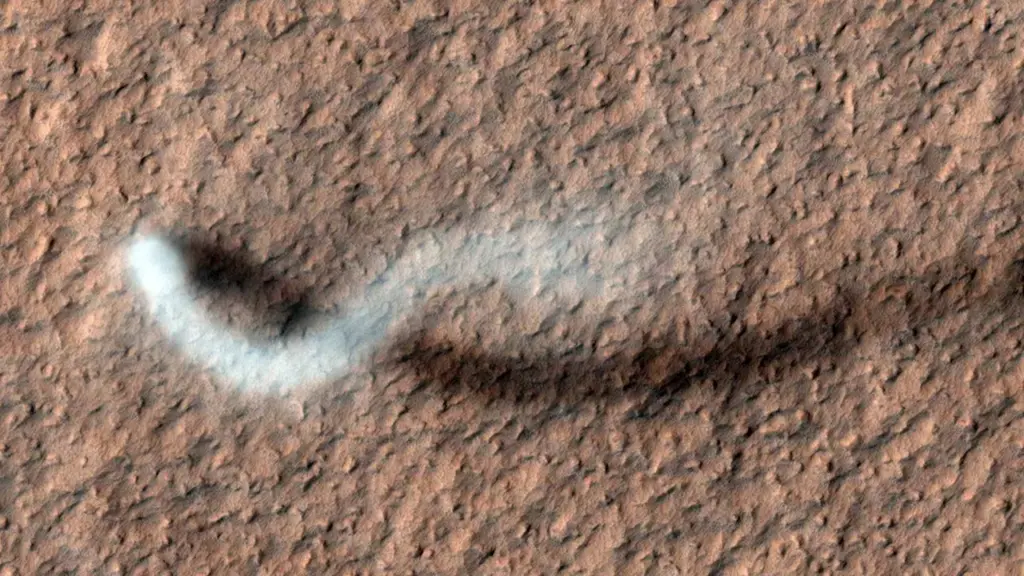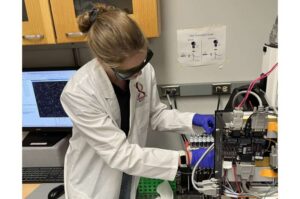
NASA’s *Perseverance* rover has recorded the first detection of electrical discharges, referred to as “mini-lightning,” in the Martian atmosphere. This groundbreaking discovery suggests that Mars is more electrically active than previously thought. Researchers, led by Baptiste Chide from the Institute for Research in Astrophysics and Planetology in Toulouse, analyzed audio data collected over 28 hours during two Martian years, identifying 55 distinct electrical discharge events linked to dust storms and strong winds.
The findings reveal a new aspect of Martian weather dynamics. Most of the detected discharges occurred within the upper 30 percent of wind events, with 16 recorded during encounters with dust devils. These electrical zaps, while too faint to meet Earth’s definition of lightning, offer a fascinating glimpse into the planet’s atmospheric processes. The sounds, described as akin to “a spark or whip-crack,” were audible due to their proximity to the rover’s microphone, located just a few centimeters away.
Understanding Martian Electrical Activity
The phenomenon of triboelectricity, which occurs when materials become electrically charged through friction, seems to be at play in Mars’ dusty environment. On Earth, similar effects can lead to small electrical shocks after walking on a carpet. However, the thin carbon dioxide atmosphere on Mars facilitates the production of electrical arcs more readily than on our home planet.
For years, scientists have theorized that Martian dust storms could generate electrical discharges, but until now, the evidence was largely speculative. The current study, published in the journal Nature, marks a significant milestone in understanding Martian atmospheric chemistry. According to Chide, “These discharges represent a major discovery, with direct implications for Martian atmospheric chemistry, climate, habitability and the future of robotic and human exploration.”
The presence of electrostatic discharges could influence chemical reactions within the Martian soil and atmosphere, potentially altering the surface chemistry and impacting the preservation of organic molecules. Moreover, these findings may have practical implications for future missions, as such electrical activity could pose risks to equipment or human explorers on the Red Planet.
Future Research Directions
Despite the excitement surrounding these discoveries, researchers caution that the evidence so far consists solely of audio and electromagnetic signals. There have been no visual observations or optical data confirming the presence of lightning-like phenomena on Mars. This gap in data highlights the need for more advanced instruments and improved atmospheric models to quantify the frequency and extent of these electrical discharges.
Overall, the detection of these faint electrical signals opens a new chapter in the study of Martian weather. Further research will help scientists understand the implications of these findings for Mars’ climate, dust transport, and chemical landscape. As exploration continues, the potential for discovering more about the Red Planet’s dynamic environment remains promising.







